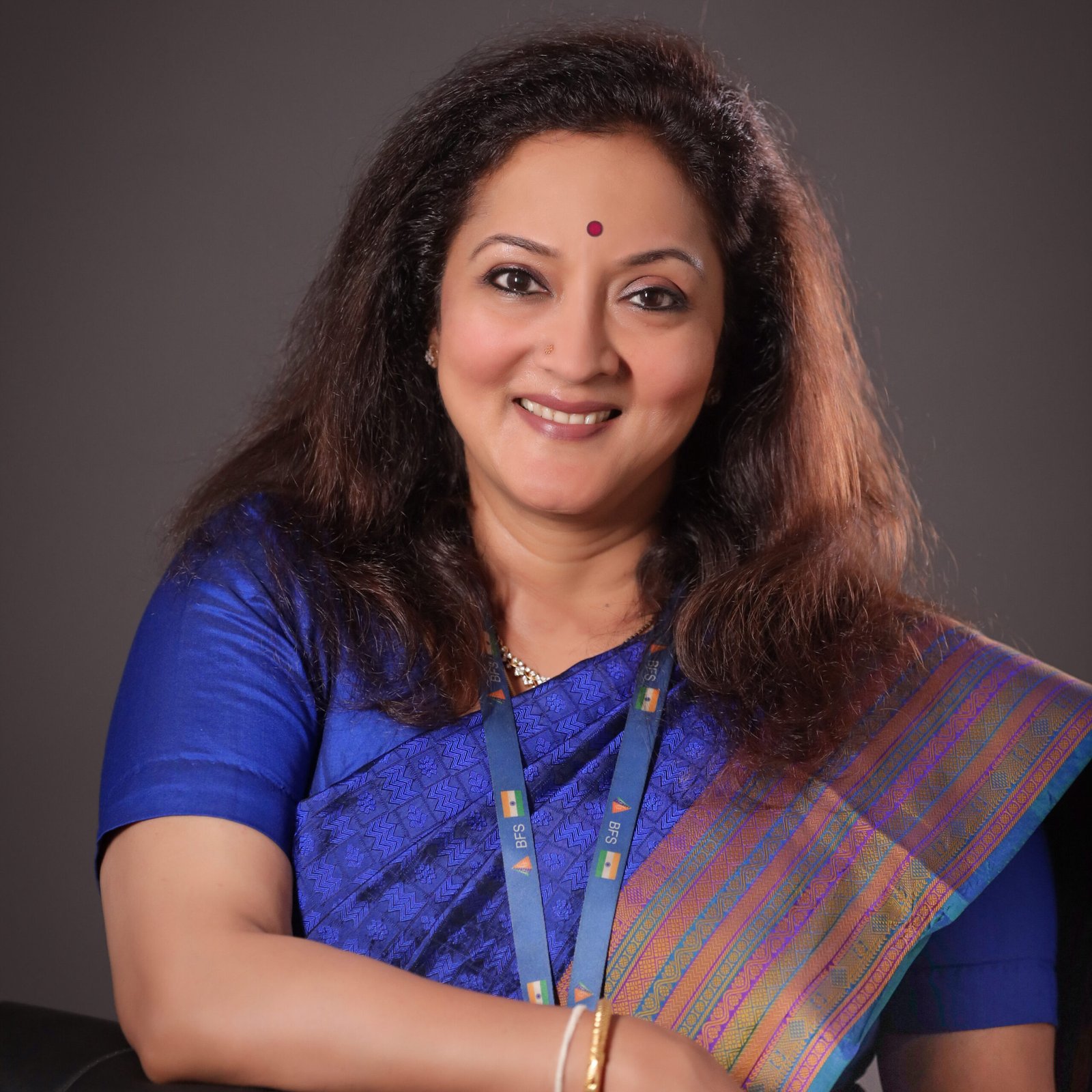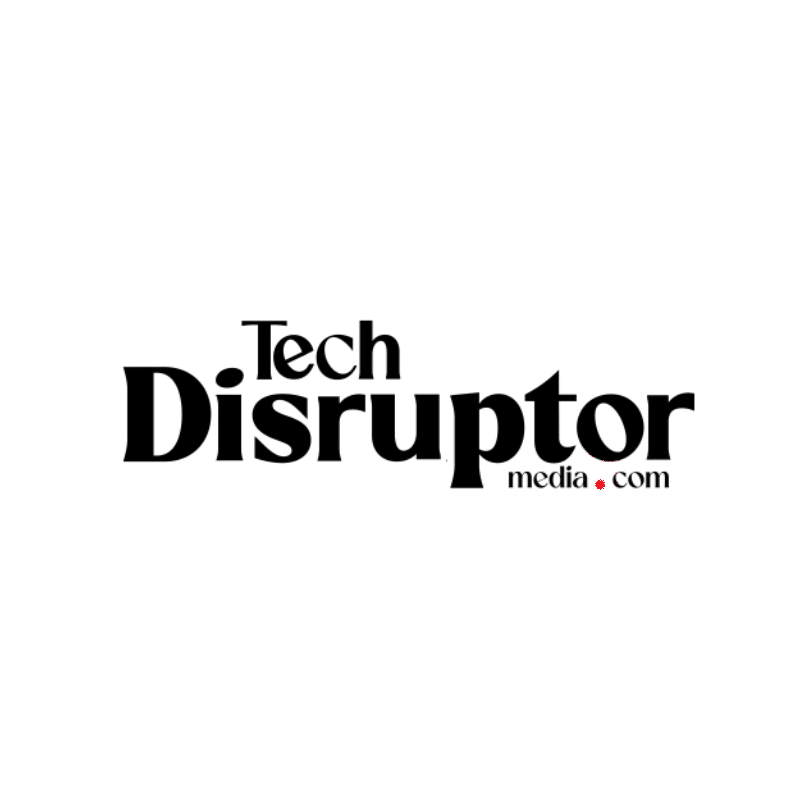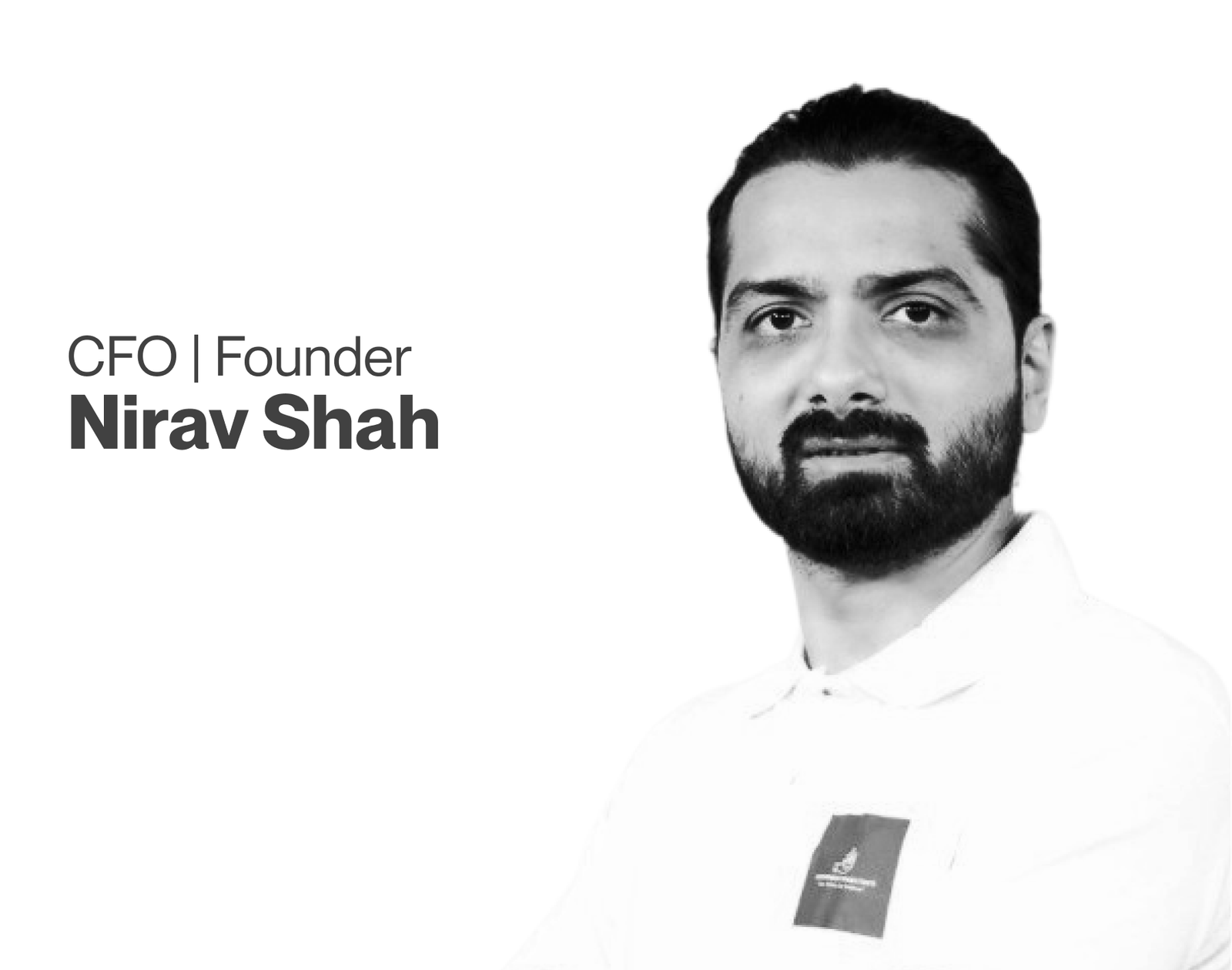
Director IT
Blockchain technology and digital assets, as drivers of transparency, security, auditability and efficiency, are reshaping fund administration in profound ways. Fund administration, often outsourced to third parties, involves handling the middle and back-office needs for Alternative Investment Funds (AIFs) like private equity, private debt solutions, real assets, venture capital, real estate funds and hedge funds, among others. Diversification of strategies, potentially higher returns, and a higher investment threshold, albeit with higher risk exposure, are the hallmarks of these funds.
This industry currently operates on hybrid systems, using a combination of technology and manual processes, most of the time depending on spreadsheets for its operations. Fund administration is cumbersome and prone to error; it exposes organisations to security and confidentiality concerns too. It is also fraught with the risk of multiple records of transaction information and stakeholders being disconnected from one another, necessitating elaborate audits and reconciliations.
Blockchain Reinforces Transparency, Security, Auditability and Efficiency
Blockchain offers the benefits of distributed, yet concurrent, and immutable databases that can be simultaneously shared and used by numerous participants without compromising data integrity or security. The rise of blockchain technology promises not only operational efficiencies but a radical shift in how we establish trust, ensure transparency, and foster inclusion. As a “trust machine”, it enables direct peer-to-peer transactions without intermediaries (disintermediation), while embedding trust into the system through cryptographic validation and binding, and immutable transaction records. This ensures:
● Transparency: This is achieved with every transaction being recorded on a distributed ledger that is time-stamped and immutable. This reduces the potential for fraud or backdating of records. Investors, fund managers, auditors and all stake holders for that matter, can access up-to-date information real-time thereby reducing the need for intermediaries and manual reconciliations.
● Auditability: The transparent nature of blockchain along with an in-built, immutable audit trail, simplifies the auditing process, allowing for easier verification of fund activities. Data is written to a blockchain after confirmation by participating nodes in the computer network, which cannot be altered, ensuring the integrity of records. It simplifies audits by maintaining a single version of the truth, with a complete audit trail of transactions.
● Security: Apart from what can be achieved by access controls, the risk of tampering or unauthorised access is minimised since transactions and data on the blockchain are secured using cryptographic algorithms. It is important to note that both the transaction record and audit trail are cryptographically bound, making them immutable. Blockchain allows stakeholders to view transactions in real-time, ensuring that agreed-upon conditions are met without the possibility of manipulation.
● Efficiency: Smart contracts can be used to automate processes like investor actions of drawdowns and distribution, Net Asset Value (NAV) calculations and compliance checks. Almost instantaneous settlement of transactions, reducing clearing times from days to minutes or even seconds, is possible. Smart contracts can automate and enforce agreements without relying on third parties, reducing reliance on
intermediaries.
Spreadsheets to FundTech via blockchain – Digital transformation and innovation
Fund administration based on blockchain will automate all its operational requirements. By using Tokenised Fund Units, investor or LP, as they are referred to in private equity funds, commitments can be recorded on the blockchain. Along with representing investor ownership, these tokens can be programmed with rules for transfer restrictions, compliance and even decision-making possibilities.
Benefits of immediate ownership verification, reduced paperwork, reduced counterparty risk and transfer times will accrue. For instance, the most critical components of KYC/AML checks and compliance processes can be programmed on the blockchain itself. Permissioned exchanges or OTC smart contracts can be enabled whereby tokenised fund interests can be traded, improving liquidity for investors, which at present is hard to achieve. Streamlining operations and reducing manual processes can significantly cut administrative overheads and costs.
Transformations on-boarded
● Tokenised Fund Units – Immediate ownership verification, reduced paperwork and transfer times, built-in compliance
● Smart Contracts for Capital Calls & Distributions – Faster execution and fewer errors, Transparent, traceable transactions and most importantly, reduced administration workload
● Real-Time NAV Calculation & Reporting – Investors can monitor performance anytime, fund managers gain credibility through enhanced transparency, simplified quarterly/annual reporting
● Continuous Audit & Regulatory Oversight – Streamlined audit process, reduced risk of human error or fraud, stronger compliance established for regulations
● Secondary Market Liquidity – Investors have flexibility to exit earlier, better and more flexible capital can be attracted, and low barriers for new investor entry
The Road Ahead: Building an Equitable Tech Future
Blockchain is more than a technical innovation; it is a philosophy of openness, decentralisation, and democratisation. Its true potential will only be realised when we design fund administration not just for efficiency, but for equity and inclusion. Fund managers will be significantly released from mundane coordination tasks and will be able to focus on operations that will improve strategy and fund performance. The society will benefit from better investments and earnings.
To make this possible, stakeholders across the spectrum, technology developers, financial institutions, regulators, and academia must come together to co-create an ecosystem of trust. Only then can we truly build a future of FundTech where fund administration is transparent, auditable, and accessible to all.
-Dr. Sujata Seshadrinathan, is the Director of IT and Process at Basiz Fund Services and an astute investor




